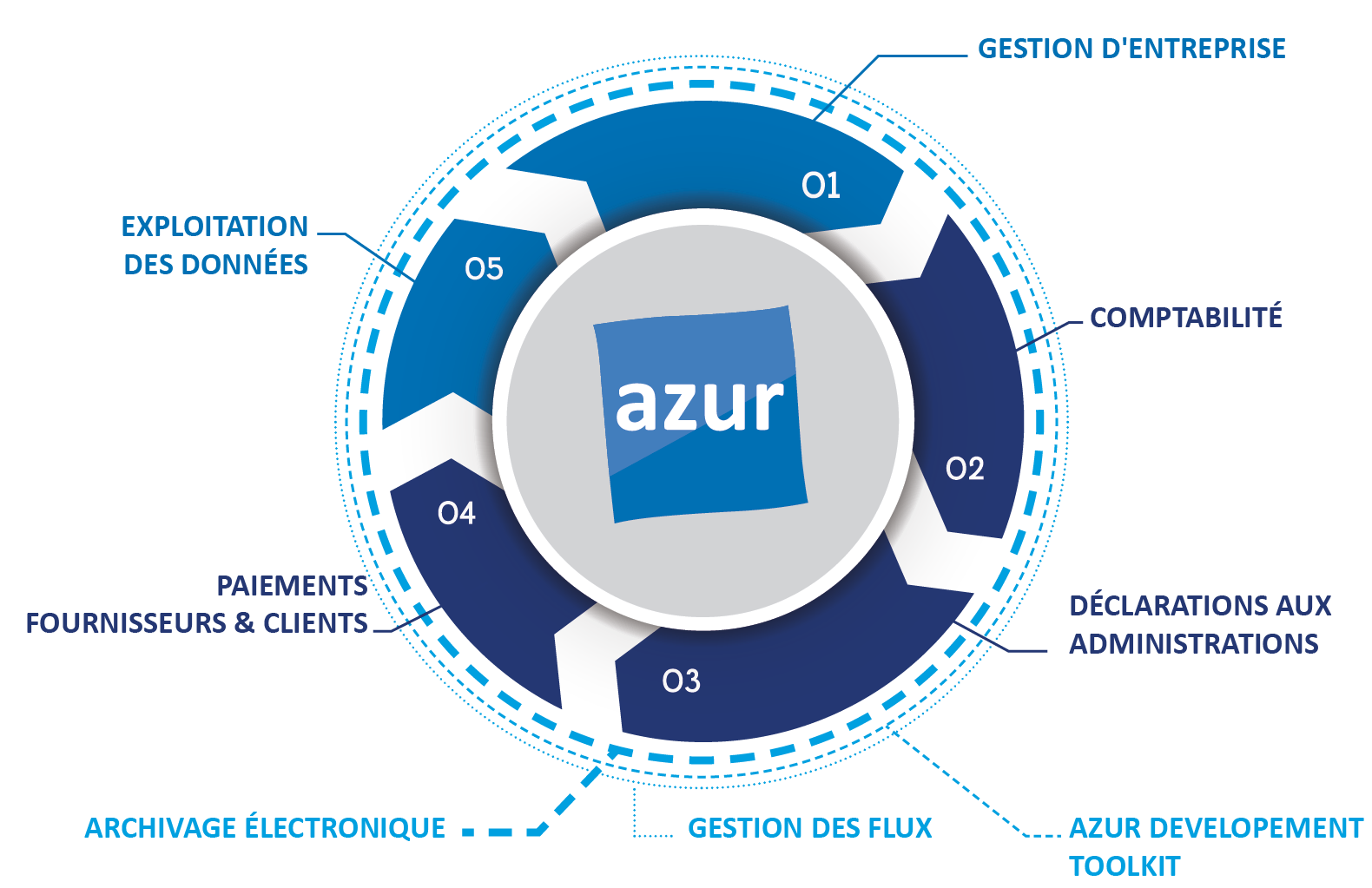Azur Workflow au service de l’économie circulaire
Azur / 20 June 2018

Avec l’essor des nouvelles technologies et des nouveaux modes de vie, les acteurs économiques et étatiques sont obligés de transformer leurs visions de l'emploi.
Cette évolution a pour conséquence une totale refonte d'organisations, qui, au fil du temps, se sont trop complexifiés au détriment de la prise d'initiative. Ce nouveau modèle économique fera la part belle à la flexibilité mais aussi remettra l'humain au centre de l'entreprise. La rapidité des flux d'information et la digitalisation du travail permettront que les décisions soient prises au plus vite et au plus près du terrain grâce à une redistribution des responsabilités. Les managers, qui sont les décideurs d'aujourd'hui, vont se muer en conseillers, ce qui aura pour effet de libérer la créativité de vos employés. De cette valorisation de leur travail et de leurs compétences découlera une meilleure réactivité et satisfaction de vos clients via une personnalisation extrême de vos solutions envers eux.
Ce choc culturel ne se fera pas sans mal, aussi il est important de l'anticiper dès aujourd'hui, afin que la digitalisation soit effective le plus tôt possible pour pouvoir se concentrer par la suite sur l’accompagnement et la formation des employés à leurs nouvelles tâches. Mais cette remise en question assurera la pérennité future de votre entreprise.